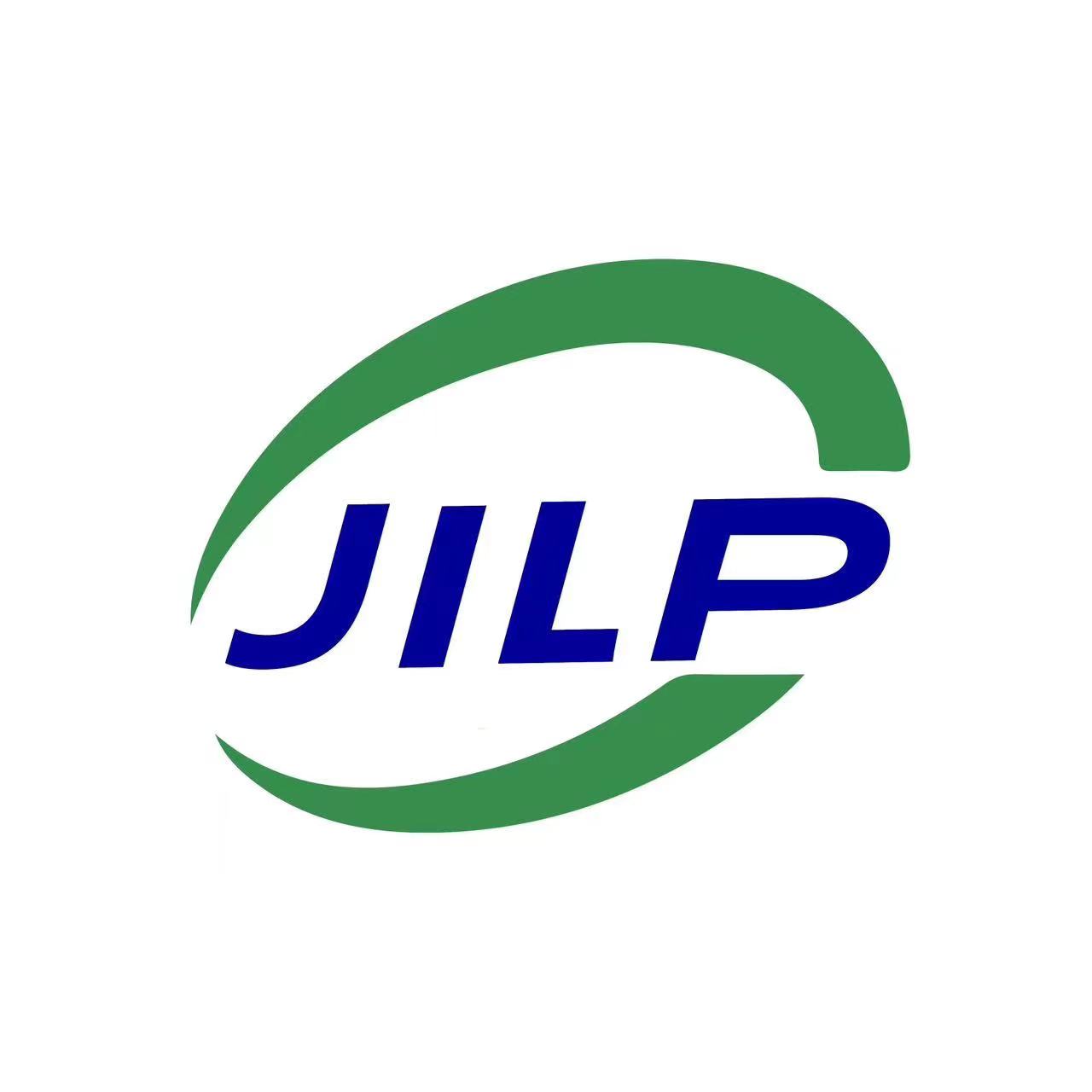Enhancing Turbomachinery Performance with Labyrinth Seal Innovations
Enhancing Turbomachinery Performance with Labyrinth Seal Innovations
Introduction:
In the world of turbomachinery, efficiency and performance are of utmost importance. Turbomachinery, which includes various types of turbines, compressors, and pumps, plays a crucial role in industries such as aviation, power generation, and oil and gas. One major concern in turbomachinery is the leakage of fluids from rotating parts, which results in energy losses and reduced efficiency. Labyrinth seals have long been used to address this issue, and in recent years, innovative improvements have been made to enhance their performance. This article explores the advancements in labyrinth seals and their contributions to improving turbomachinery efficiency.
Understanding Labyrinth Seals:
Labyrinth seals are non-contact seals that consist of a series of axial fins or blades on one rotating component and mating grooves or slots on the stationary component. These fins and grooves create a tortuous path that restricts fluid leakage, effectively sealing the gap between the rotating and stationary parts. The primary function of labyrinth seals is to prevent the leakage of gases, such as air or hydrocarbons, in turbomachinery applications.
1. Reduced Clearance Effects:
Reducing clearance is key to improving labyrinth seal performance. The smaller the clearance between the rotating and stationary parts, the lower the leakage. Over time, researchers have focused on minimizing the clearance to enhance the seal's effectiveness. Various techniques, including thermal spray coatings and controlled machining processes, have been implemented to achieve tighter clearances and reduce leakage levels significantly.
2. Advanced Surface Treatments:
Surface treatments have been extensively researched to enhance the performance of labyrinth seals. One such innovation is the implementation of micro-textured surfaces. By incorporating finely engineered textures on the seal surfaces, the fluid flow within the seal is disrupted, thereby reducing the leakage. These micro-textured surfaces also promote lubrication and reduce wear between the seal components, resulting in improved seal life and reliability.
3. Active Clearance Control:
Traditionally, labyrinth seal clearances were fixed and relied on external factors such as temperature and pressure to reach an optimal operational state. However, recent advancements have introduced active clearance control systems that dynamically adjust the seal clearance based on monitoring variables like temperature, pressure, and shaft vibrations. This adaptability ensures the seal operates at its peak efficiency under varying operating conditions, leading to better performance and reduced leakage.
4. CFD Modeling and Optimization:
Computational Fluid Dynamics (CFD) modeling has played a significant role in the optimization and innovation of labyrinth seals. By simulating the fluid flow within the seal and studying the effect of different parameters, engineers have been able to identify efficient designs and configurations. CFD models have enabled researchers to explore various geometric aspects, such as fin height, angle, and groove depth, to find the best combination for reducing leakage and enhancing seal performance.
5. Hybrid Seal Designs:
In recent years, the adoption of hybrid seal designs combining labyrinth seals with other sealing technologies has gained attention. These hybrid designs aim to further minimize leakage by combining the advantages of different sealing mechanisms. For example, combining labyrinth seals with brush seals or abradable coatings can provide enhanced sealing capabilities, especially in high-pressure applications or environments with abrasive particles. The integration of multiple sealing technologies ensures a more comprehensive and efficient seal solution.
Conclusion:
As the demand for higher efficiency and performance in turbomachinery continues to rise, the innovation in labyrinth seals plays a crucial role. Through advancements in design, surface treatments, active clearance control, computational modeling, and hybridization, labyrinth seals are becoming more effective in preventing fluid leakage and improving overall turbomachinery efficiency. These innovations not only reduce energy losses but also increase the lifespan and reliability of the turbomachinery components. With ongoing research and development, labyrinth seals are set to continually evolve, making them an integral part of the quest for enhanced turbomachinery performance.







